On entering ‘Only Human’, we are immediately faced with a wall of Martin Parr-branded art objects in the form of souvenirs. In the genuine gift shop entrance directly opposite hangs a banner saying ‘Stack it high. Sell it cheap!’, the words lifted from a detail in one of Parr’s photographs. The lines continue to blur in this large, thematically organised exhibition: a room of resort photos features two screen-printed deckchairs, and another of dance photos has a carpeted floor and a giant glitterball hanging from the ceiling. Despite the flamboyant stage-dressing of this exhibition, Parr’s intent is serious; he wants to explore Britishness during Brexit. The two biggest new bodies of work here are a result of his travels around the UK after the EU referendum in 2016. The exhibition turns on whether his method – playful and forensic in turn – captures a newly nihilistic mood, or whether his long study of the British here and abroad has always astutely pointed to this moment.
In the year of the vote, Parr created a set of idents (on-screen branding) for BBC One, showing groups engaged in odd pastimes. At the National Portrait Gallery, visitors watching them on the video screen seem charmed; here you have costumed bog-snorkellers in Wales, Bollywood dancers in Edinburgh, sausage dog walkers in Newcastle, all-season swimmers in Somerset. The effervescent films and the series of still pictures that came out of it (Oneness) appeal to an idea of British people as stoic and collaborative, finding solace in gently competitive activities. The deadpan expressions of his subjects echo that of Parr himself in his amusing Autoportraits projects, in which he photographs himself in studios and booths around the world.
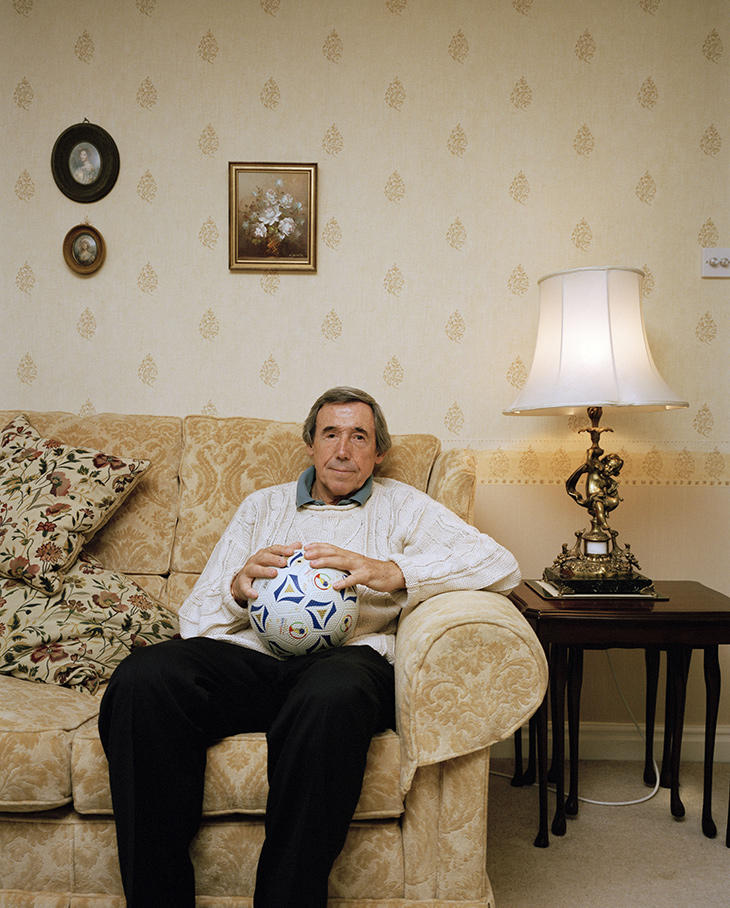
Gordon Banks, English goalkeeper who played in the 1966 World Cup victory against West Germany, England (2003), Martin Parr. © Martin Parr/Magnum Photos/Rocket Gallery
The sense that the sitter is in on the joke continues in the portraits of celebrities, in a section where Alain de Botton poses awkwardly with books against a bare background and the late Gordon Banks sits clutching a football in a floral sitting room. The items here resemble props, disrupting received ideas about the famous subjects without, however, revealing any hidden depths. Parr’s Ordinary Portraits are far more compelling; his subjects, which include rhubarb growers, pigeon handlers and chip shop staff, are bursting with life and character. These similarly face-on pictures are taken in places ranging from the Republican National Convention to a Hull chip shop and are better for the sense that Parr is just ‘passing through’, his presence less of a factor in these settings.
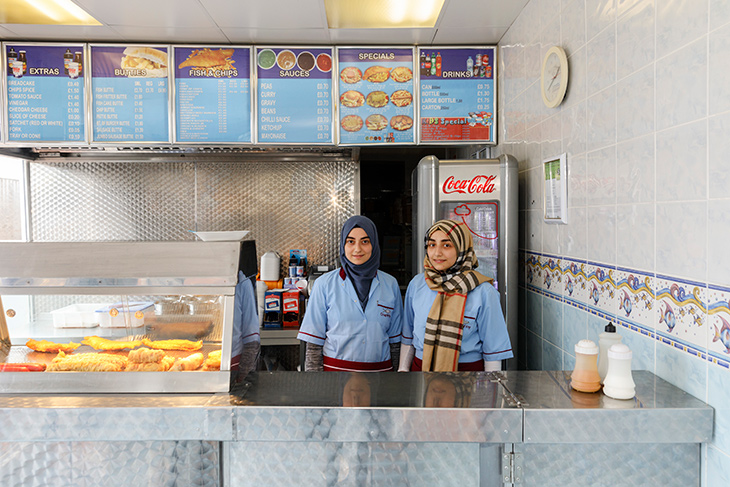
Crisp ’N’ Fry, Spring Bank, Hull, England (2017), Martin Parr. © Martin Parr/Magnum Photos/Rocket Gallery
The ‘environmental’ portraits are the most incisive. Earlier pictures of the British abroad, relaxing with table service in the country clubs and race courses of Zimbabwe and Kenya, bring much-needed bite to the exhibition, suggesting that the past won’t yield a desirable new identity. A recent series, The Establishment, shows the English fascination with costume, and antiquated ritual, even as the young faces at Oxbridge colleges and public schools Parr depicts are more diverse than their older counterparts. Moments of relief, in pictures such as Trashing, which shows champagne-spraying, flour- and confetti-throwing after final exams – are interspersed with older traditions, such as the Silent Ceremony at Guildhall, and toasting the Queen after Swan Upping, fixtures that show an exclusive knowledge and contrast to the big public events of the post-vote series. There are witty, quieter moments. In one picture, a pupil at Christ’s Hospital School writes at his desk, face completely obscured by a Boris Johnson-style shock of white-blonde hair.

Toasting the Queen, Swan Upping at the Thames near Eton, England (2015), Martin Parr. © Martin Parr/Magnum Photos/Rocket Gallery
However, it is another boy who seems more central to Parr’s photographic tour of Britain. Standing on a Cornish beach, his family look out to sea as he turns to the camera. Above him is a red flag that is ‘the only hint of possible trouble to come’, as the curator Phillip Prodger puts in his catalogue essay. But the colour red flashes throughout the whole series, called Britain at the Time of Brexit. Unlike The Establishment, which is displayed in the same room, these are almost all candid shots, taken outdoors. The Union Jack and the Flag of England are ubiquitous, used as bunting to celebrate Meghan Markle’s wedding, on clothing at Lord’s Cricket Ground, as table draping at a citizenship ceremony, painted on faces and worn as capes for the Stone Cross Parade in West Bromwich. The easy self-identification of his subjects with the flag feels new, although Parr makes it purposely difficult to fix its tone.
The exhibition takes a trompe l’oeil approach to Parr’s fixations, emphasising the surreal aspect of his subject. Before the Brexit/Establishment room, there is an antechamber styled like a station cafe, with formica tables, and tea and dry Battenberg slices for sale (at £3.50 a slice). The gallery-goers-turned-customers seem like Parr figures in the convincingly depressing – and disorienting – setting. It suggests that viewers cannot simply distance themselves from what his photographs, no matter how amusing, might reveal. We can never be quite sure that we’re the ones looking, rather than being looked at. Parr shows us how easily we fall into roles, even when we don’t know we’re being watched.
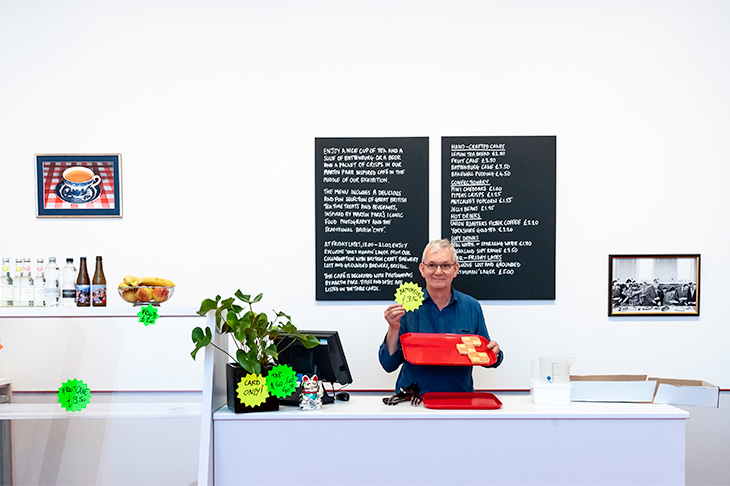
Martin Parr at the National Portrait Gallery, London, 2019. Photo: Jorge Herrera
‘Only Human: Martin Parr’ is at the National Portrait Gallery, London until 27 May.
Unlimited access from just $16 every 3 months
Subscribe to get unlimited and exclusive access to the top art stories, interviews and exhibition reviews.

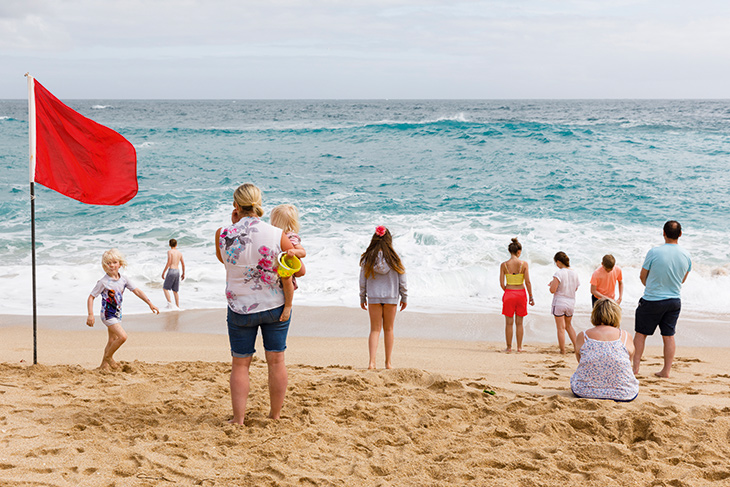
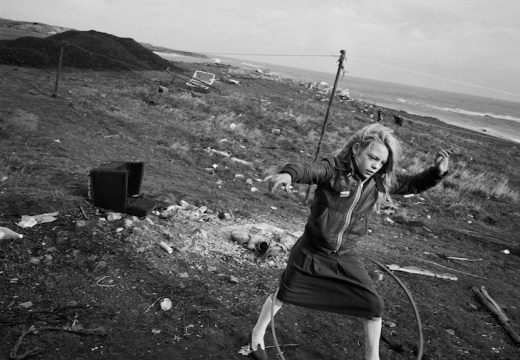

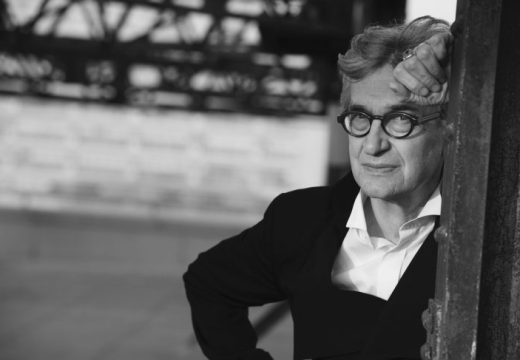









![Masterpiece [Re]discovery 2022. Photo: Ben Fisher Photography, courtesy of Masterpiece London](http://www.apollo-magazine.com/wp-content/uploads/2022/07/MPL2022_4263.jpg)
It’s time for the government of London to return to its rightful home